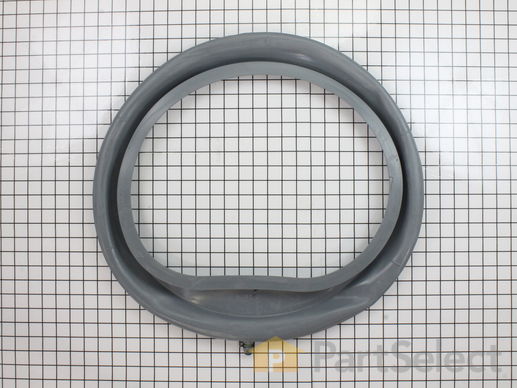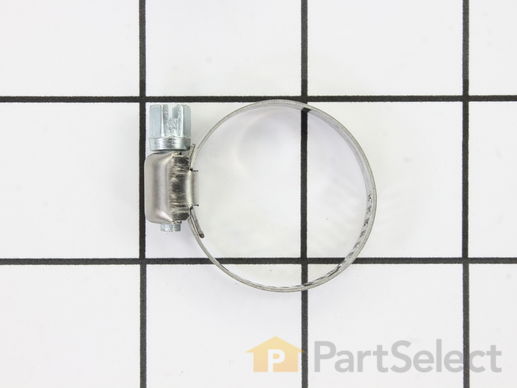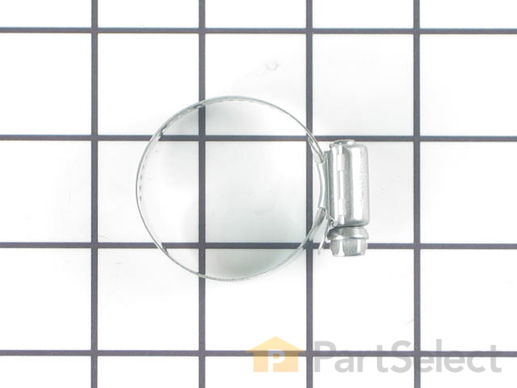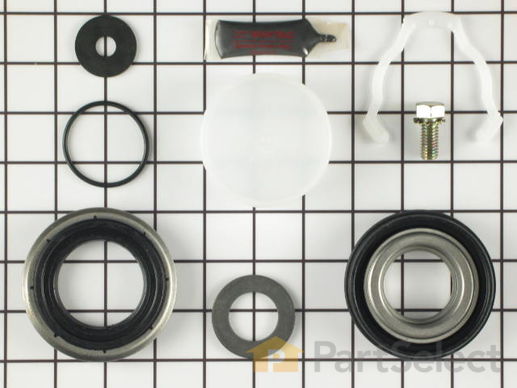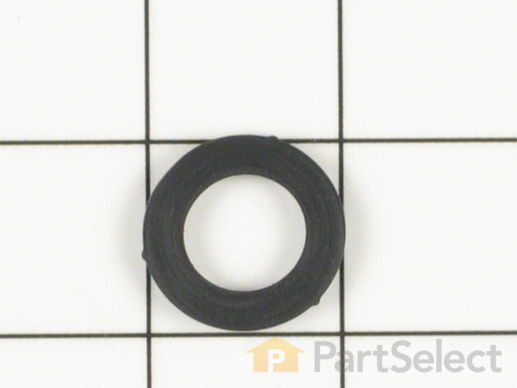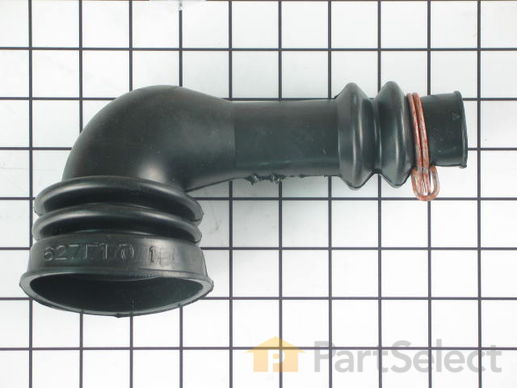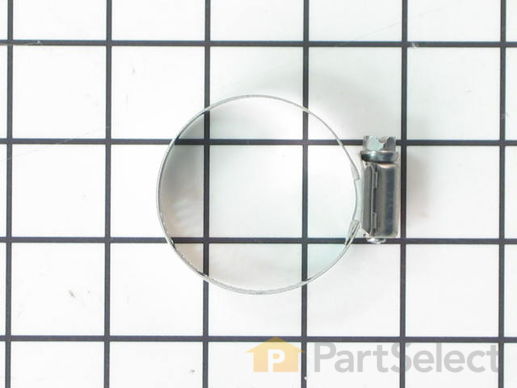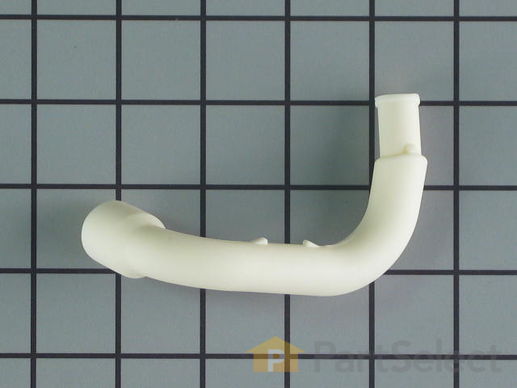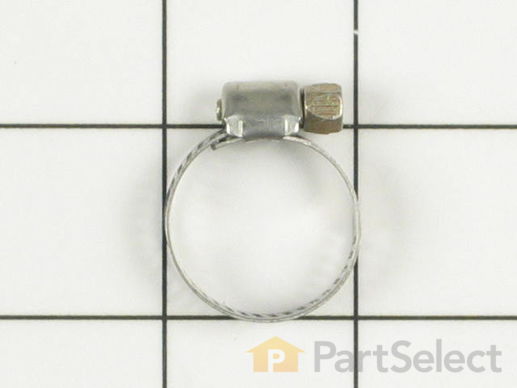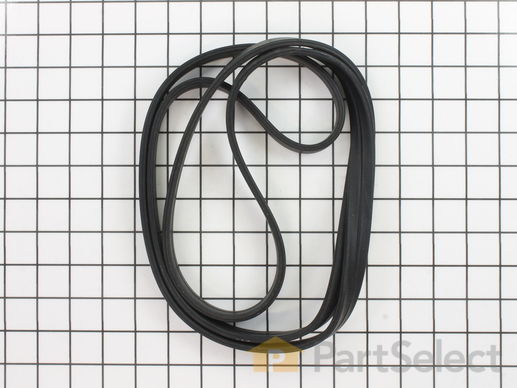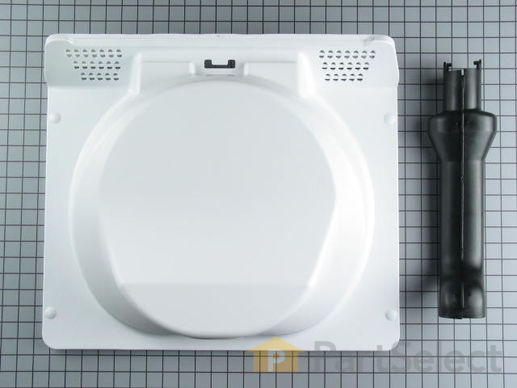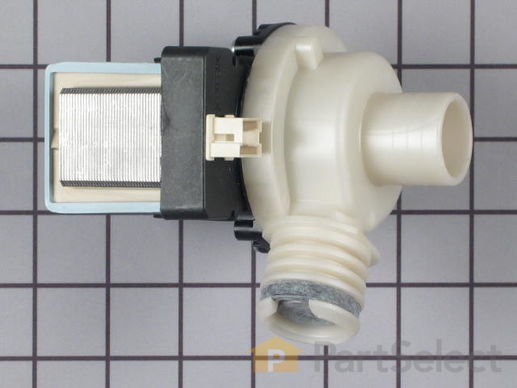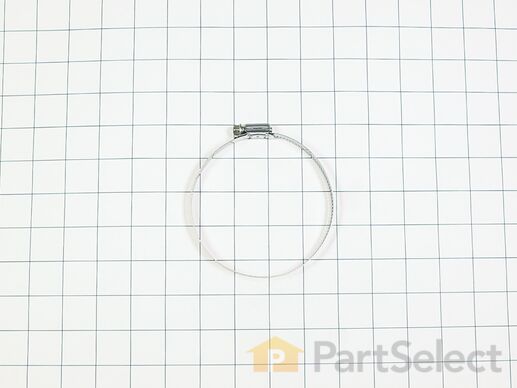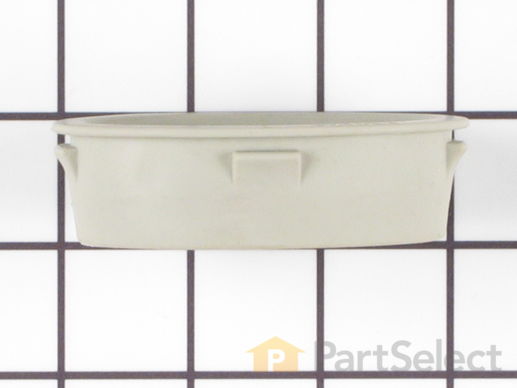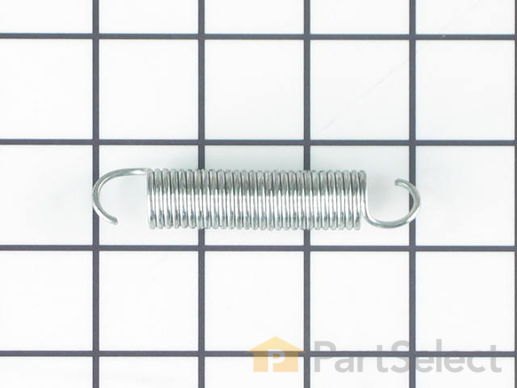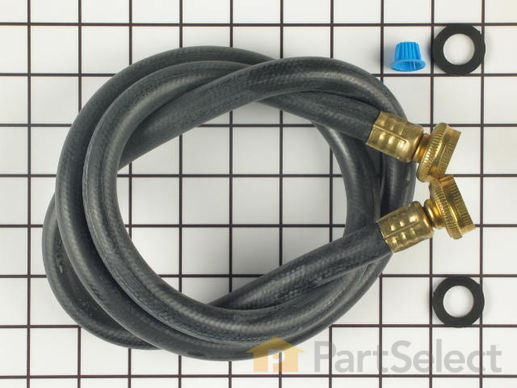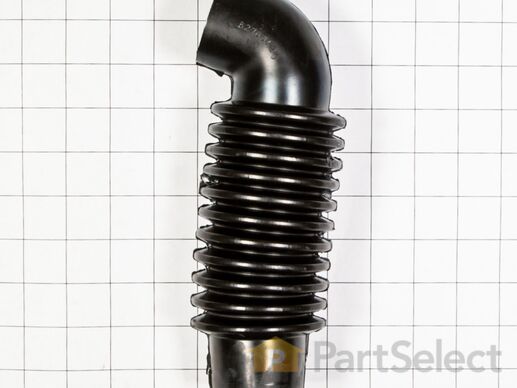Parts That Fix Maytag Washer MAH3000AWW Leaking
Leaking is a commonly reported symptom for the MAH3000AWW Maytag Washer, and we have put together a full guide on how to fix this. This advice is based on feedback from people who own this exact appliance. We have listed the most common parts for your MAH3000AWW Maytag Washer that will fix Leaking. We have included repair instructions, and helpful step-by-step video tutorials. If you are experiencing this issue, not to worry, DIYers just like you have fixed this, and shared their experience to help you!
Also known as the door boot seal. This part includes the drain and plug. The seal is located around the door of the washer to prevent water from leaking.
Replacing your Maytag Washer Bellow

Customer Repair Stories
mold on door gasket
-
Roberta from Ocean Isle Beach, NC
-
Difficulty Level:A Bit Difficult
-
Total Repair Time:More than 2 hours
-
Tools:Screw drivers, Socket set
Leak from Door boot
1. unscrew 2 door screws and the 2 sc ... Read more rews opposite to them on the other side (on right if you are facing the washer)
2. take door out by lifting it slightly and then pulling it out.
3. hold front panel from both sides and then push in and twist outward this willl diengage front panel from the hooks on side.
4. tilt front panel towards you about 40 deg. adn pull it up.
5. to take top out, first remove all 4 screws from soap dispenser and take the dispenser out (just pull up after unscrewing)
6. unscrew the electrical unit (where bulb is) in front top by taking out the 2 nuts Note: you must take out left most socket/coupler by pulling it before unscrewing the left nut that will give space for your wrench.
7. In the front corner the Top is bolted to side frame bars you will have to look under top corner and you will see 1 nut on each side, unscrew those nuts and the lift the top ( if you have enough space (about a foot) behind the washer the Top ca n actually go all the way back and rest on wall.)
8. from top view you will see a spring and metal wire system holding your boot, notice the spring position, spring has 2 hooks on each side, with needle nose pliers pull on the spring hook and have someone else disengage wire from spring hook. ( when it is time to put the wire back on the new boot just follow the same thing)
9. once wire is out take the boot out by pulling it from all directions. note: you may still have water in the washer system so before you take the boot out be ready with a bucket to catch it write under the boot plug.
10. your boot is still connected to washer withe the plug at the bottom. with help from needle plier press on clamp and pull plug out. note: if you see water flowing out from drain pipe (where the boot plug goes in try to keep it up to lwer the level of water that will stop the water flowing out (i took help from my 6 year old daughter for this job) now your old boot is out, trash it.:)
11. put the new boot the lip of drum and put the wire back on (again i enlisted my wife and my daughter to keep the wire in place, you cannot do it alone. with 3 of us putting wire was a breeze. put the spring back at the exact same place and with exact orientation.
Note: when you start to put wire and new boot on washer drum lip make sure the tiny cuts/slots on the boot slip into the the notches on washer lip other you will have leak from these spaces.
12.now rest is all easy. attach the drain plug back on and then push the tabs of boot into the frontto secure it.
13. put all the thing that you took out in the same order all the way to door and you are ready to go
NOTE: i did not front panel back on for couple of days to make sure there i no other leak and also to make sue that boot is not leaking.
have fun
-
Sirish from Thorndale, PA
-
Difficulty Level:Easy
-
Total Repair Time:15 - 30 mins
-
Tools:Nutdriver, Pliers, Screw drivers
This hose clamp is used in a wide variety of household appliances. Most often it is found in washers, dishwashers, refrigerators, freezers, dehumidifiers, garbage disposals, or air conditioners. This clamp is used to securely attach a hose to another part of your appliance, which helps prevent leaks from those connections. Depending on the appliance, it can attach hoses to drain pumps, water inlet valves, pressure switches, and injector nozzles. We recommend you refer to model-specific diagrams for appropriate uses and exact placement. This hose clamp is made of metal, and is sold individually. To access and replace this part you will need a nut driver, pliers, and screwdrivers. Before you begin any repair work, make sure you have unplugged your appliance, and shut off the water supply if applicable.
Replacing your Kenmore Washer Hose Clamp

The hose clamp is used to hold the water hose in place which will prevent the hose from leaking water. Sometimes the clamp may lose its ability to latch on, causing a leaking washer. For the installation, you will need a flat head screw driver to replace the clamp and a drill to access the screws to remove the front of the washer. Be careful if you do not have specific clamp pliers as the clamp could fly off. Once the front of the washer has been removed, take a quick look for water damage or any obvious signs of where the leak is coming from. If it is not obvious, run water to test.
Replacing your Kenmore Washer Hose Clamp

This kit comes with grease, earlier lip seal, revised lip seal, o-ring, seal tool, and washer kit. Used primarily on front load washers. NOTE: Bearing is NOT sold separately. It is only available with the outer tub assembly.
Replacing your Maytag Washer Lip Seal Kit

Customer Repair Stories
Bad bearings on inner drum
-
Michael from Cache, OK
-
Difficulty Level:A Bit Difficult
-
Total Repair Time:More than 2 hours
-
Tools:Nutdriver, Pliers, Screw drivers, Socket set, Wrench (Adjustable), Wrench set
Spinner making loud whining noise.
-
Richard from Greenville, NH
-
Difficulty Level:A Bit Difficult
-
Total Repair Time:More than 2 hours
-
Tools:Nutdriver, Pliers, Screw drivers, Socket set, Wrench (Adjustable), Wrench set
This inlet hose washer, also known as a high pressure inlet hose washer, is used in washing machines, refrigerators, freezers, and dishwashers. The function of this part is to create a watertight seal in the appliance. If your gasket gets dry and brittle over time it will start to crack and will lose its function. In this case, it is important to replace it. Refer to the manual provided by the manufacturer for further installation instructions and accurate guidance. As a safety precaution, remember to unplug your washer from the power source before beginning.
Replacing your Maytag Washer Tub to Pump Hose

Customer Repair Stories
leaking water
-
richard from amston, CT
-
Difficulty Level:Easy
-
Total Repair Time:Less than 15 mins
-
Tools:Socket set
leaking water
-
JOSE from HACIENDA HEIGHTS, CA
-
Difficulty Level:Really Easy
-
Total Repair Time:Less than 15 mins
-
Tools:Screw drivers
Note: This part has been updated by the manufacturer. It may appear different but will still function the same as the original. The hose clamp is about 2 inches in diameter and made of stainless steel. A hose clamp generally attaches hoses and tubes to various equipment This part consists of a band and a screw that tightens along the slots when it is turned. This part works with washers, dishwashers, food waste disposers, and ice makers. This will need to be replaced if you notice leaking coming from the appliance.
This part may differ in appearance, but still functions same as original.
Customer Repair Stories
Increasing water leak
-
James from Scotts Valley, CA
-
Difficulty Level:Easy
-
Total Repair Time:Less than 15 mins
-
Tools:Pliers, Screw drivers, Socket set
This clamp is sold individually.
Customer Repair Stories
leaking water at the seal between the drum and door assembly
-
max from antioch, IL
-
Difficulty Level:Easy
-
Total Repair Time:1- 2 hours
-
Tools:Pliers, Screw drivers, Socket set
Customer Repair Stories
inner panel of washer door had been damaged/worn through
-
anthony from SAINT CHARLES, MO
-
Difficulty Level:Really Easy
-
Total Repair Time:30 - 60 mins
-
Tools:Pliers, Screw drivers
Washed a stroller seat w/ a semi hard plastic back and it wore a large friction hole in the door liner.
-
Mike from Kissimmee, FL
-
Difficulty Level:Easy
-
Total Repair Time:15 - 30 mins
-
Tools:Screw drivers
This remote style pump and motor assembly with check valve is used for some washing machines. The motor attached to this pump carries 120 volts and 60 hertz.
Replacing your Maytag Washer Remote Style Pump with Motor - 120V 80W

Customer Repair Stories
change stuck in drain pump, damaged the motor
-
gordon from indianapolis, IN
-
Difficulty Level:Really Easy
-
Total Repair Time:Less than 15 mins
-
Tools:Pliers, Screw drivers
Washer not draining
Drain washer by removing the one screw holding the hose on the bottom rear of the washer, drop the hose to the floor and let it drain (you may want to take washer outside)
Remove four screws holding rear panel
Locate the pump and disconnect the two wires. Wires can be ... Read more attached to either terminal when reinstalling, orientation is not important.
Using 5/16 driver, loosen the hose clamps on the inlet and outlet pump hoses then remove hoses from pump.
Twist the pump counter clockwise then pull straight up to remove.
-
Timothy from Bremerton, WA
-
Difficulty Level:Easy
-
Total Repair Time:30 - 60 mins
-
Tools:Nutdriver, Screw drivers
This screw-type clamp, also known as a hose clamp, is made of metal and is used within various models of washers to secure the tub-to-pump hose and tub/drum of the washer. Without this clamp, the hose is vulnerable to leaking and disconnecting from the tub during the wash cycle of the washer, which can present a serious safety hazard for the machine and your home. Clamps can wear out and lose their tension due to excessive vibrations, mechanical damage, and normal wear and tear, all things present within a washing machine. To replace this clamp, you will first need to turn off your washer and you will need access to the lower portion of the washer chassis, which may require one or multiple screwdrivers and wrenches. Once you have access, use your screwdriver to loosen this clamp, which can then be removed and replaced with the new clamp, which will need to be tightened securely. Then you can simply reassemble the rest of the washer you originally disassembled.
This hose is almost 5 feet long and now comes with the washers for proper installation. It is used to bring water into your washer for the cycles.
Customer Repair Stories
water leaking around washer
Pulled the front off via the four screws, two on the door and two on the opp side. Removed the two top hold down brackets that hold the top on (on the front), popped out the four screws for the detergent and the top hinged up, The hose was right there. Removed the two hose clamps, fo ... Read more und the crack ordered if from you guys.(very fast) slapped it in and put a load in.
-
Dennis from Bethel, CT
-
Difficulty Level:Really Easy
-
Total Repair Time:30 - 60 mins
-
Tools:Nutdriver, Screw drivers






















